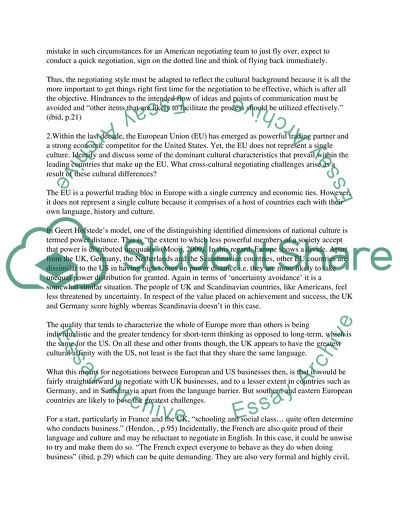Discussion Questions III Essay Example | Topics and Well Written Essays - 500 words. Retrieved from https://studentshare.org/miscellaneous/1552851-discussion-questions-iii
Discussion Questions III Essay Example | Topics and Well Written Essays - 500 Words. https://studentshare.org/miscellaneous/1552851-discussion-questions-iii.


